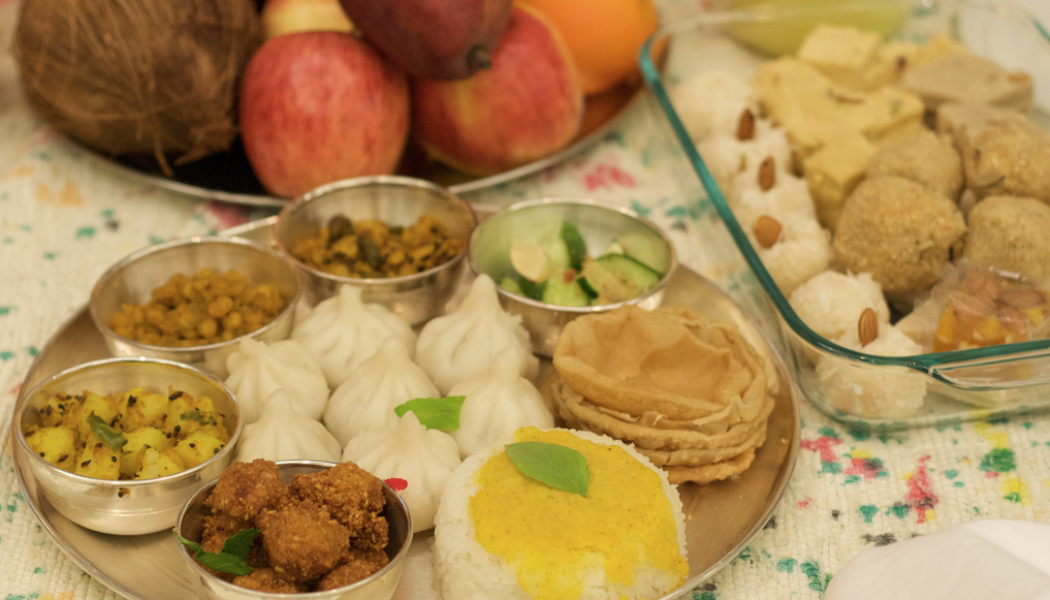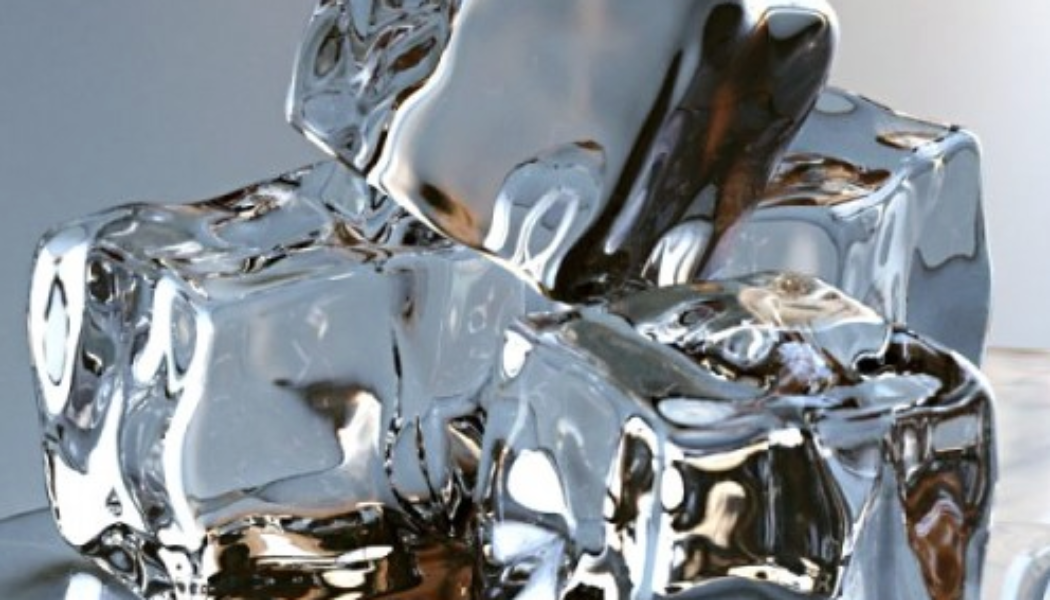Resource Guide - Page 20 of 21 - Healthy Ayurveda
Kapha – 5 Sub-Doshas
Kapha = Water+Earth 1. Bodhaka Kapha: The form of water that gives perception. It is located in the mouth and tongue as saliva and allows for the taste of food. Like Kledaka, it is also a part of the first stage of digestion and even helps to lubricate the other sensory openings within the head. 2. Kledaka Kapha: The form of water that moistens. It is located in the stomach and is involved with gastric mucosal secretions as well as being involved with Rasa Dhatu. It is responsible for the liquefaction of food and for the first stage of digestion, absorption and assimilation of foodstuff. Taste is related to Rasa Dhatu and Bhodaka Kapha is directly connected to Rasa. 3. Avalambaka Kapha: The form of water that gives support. It is located in the heart and lungs. It is the storehouse of Ka...
PITTA ~ 5 Sub-Doshas
Pitta = Fire +Water 1. Pachaka Pitta: The fire which digests things. It is located in the small intestine, governs the power of digestion, absorption and assimilation, and it’s the basis and support of all other forms of pitta. Pachaka pitta is often the first consideration in the management of pitta related conditions and is considered to be our primary source of heat as the digestive fire. 2. Ranjaka Pitta: The fire that imparts color. It is located in the liver, spleen, stomach and small intestine, and gives color to the blood, bile and stool. It primarily resides in the blood and is involved in most liver disorders. Ranjaka pitta is also involved in the creation of red blood cells (RBC), so a dysfunction of Ranjaka may cause anemia. 3. Sadhaka Pitta The fire that determines what ...
Panchakarma – An Ayurveda Detox and Rejuvenation Process
Panchakarma – An Ayurveda Detox and Rejuvenation Process Ayurveda is a life science which teaches an appropriate art of living in order to achieve longevity. Ayurveda explains unique methods to help guide each and every individual on how to maintain a healthy balance by considering simple changes in lifestyle, eating habits, and exercise. Ayurveda gives priority not only to preventive and therapeutic procedures but also to purification and rejuvenation therapies. The balance within the body is mainly governed by three doshas [vata, pitta, and kapha] which is also influenced by external environmental factors like seasonal imbalances, repressed emotions, holding natural urges, bad eating habits, incompatible food combinations and irregular use of the senses: all these factors may lead ...
Top Blogs From Ayurveda & Yoga Professionals
WHAT IS AYURVEDA? Ayurveda is a holistic science that takes into consideration the whole person. According to the teachings of Ayurveda, every aspect of life contributes to our overall health. Healthy Ayurveda strives to provide knowledge on how to maintain a healthy balance in the most unique and personalized way. Our mission is simple, to make healthy living the new standard. TOP BLOGS FROM AYURVEDA & YOGA PROFESSIONALS: I have asked several highly respected individuals in the field of Ayurveda to post below, in the comment section, a link to their personal blogs. Here is what we came up with. Enjoy!
Sub-Doshas of Vata
The Five Sub-Doshas of Vata 1. Prana Vata ~ ‘Forward-moving air’ Primary air or nervous force. extends from the diaphragm to the throat, centered in the brain, governing inhalation and swallowing, as well as sneezing, spitting and belching; it is in charge of taking things like food, water and air into the system. It governs the senses, mind, heart and consciousness. It is our portion of cosmic life energy and directs all the other Vatas in the body. It determines our inspiration or positive spirit in life and connects us with our inner self. The term ‘Prana‘ is also used in a broader sense to indicate Vata in general, as all Vatas derive from it. 2. Udana Vata ~ ‘Upward-moving air’ Extends from the throat to the top of the head, located in the chest and...
The Concept of Food in Ayurveda
WHAT IS AHARA? Ahara is one of the important pillars of Ayurveda. It means that it is one of the basic principles upon which health, happiness and harmony rests. It is concerned with diet and lifestyle and is essentially preventive in nature. It is not only the food that we consume, but also what each of the 5 senses (eyes-sight, nose-smell, ears-hearing, tongue-taste, skin-touch) absorb from all that they come into contact with. Our life revolves around food. We begin each day and end each day with some intake of food! Some of us live to eat and yet some eat to live! The first cry of a newborn is for nourishment from his/her mothers milk and touch. From the first moment of our lives, food is one of the most important ingredient for a healthy body and mind. In todays time, restaurants a...
Yoga and Ayurveda for a healthy and balanced life
History: Yoga and Ayurveda both arisen from the Vedas, the ancient Indian books of wisdom. Both Yoga and Ayurveda share the same philosophy of creation (Sankhya), this is why they are called “sister sciences”. Later, Charka and Sushruta Samhitas have arisen (around 400-200 BCE). Charka Samhita deals more with medicine, while Sushruta deals more with Surgery (Shalya). Ashtanga Hridayam of Vagbhata and Ashtanga Sangraha were written later (around 4th century AD). Yoga, which was first introduced in Rig Veda (as Ayurveda), and later by Srimad bhagavatam and the Bhagavad Gita, is a bit different from the Yoga as we know it today. Hatha Yoga was first written by Yogi Goraknath, and later Rishi Patanjali introduced “Patanjali Yoga Sutras” which is much known today. More t...
The Ayurvedic View on Blood Cleansing PART I
Ayurvedic Medicine emphasizes the importance of maintaining healthy blood and offers a wealth of information about herbs which constitute blood purifying attributes. Charak Samhita: Charak Samhita states that “blood plays a vital role in the sustenance of elan vital.” When blood is pure, one experiences strength, good complexion, happiness and longevity.1 Sushrut Samhita: In Sushrut Samhita, it is said that blood is considered identical with the vital principle of a living organism; blood has properties such as redness, lightness, mobility and a fleshy smell which also characterize the five fundamental elements (earth, water, fire, air and ether). Thus blood is considered to contain the five elements in its composition.2 Blood is the origin of the body. It is blood that maintains vitality....
It’s International Yoga Day and Summer Solstice! Stay Cool with Coconut Oil
Happy 1st International Yoga Day! It happens to fall on Summer Solstice. The celebration of Yoga Day usually includes some sun salutations or Surya Namaskar, 108 of them to be exact. With the sun being at its highest arc in the sky, even one Surya Namaskar can set the heart racing. To make this International Yoga Day truly a celebration not a “heatabration”. Take the usual measures to stay cool and hydrated. Make sure you get plenty of electrolytes. Coconut Water is a good way to get hydrated and get some electrolytes while you are taking a break from today’s festivities. Using Coconut Oil internally and externally is also a great way to get the benefits of Coconut’s cooling powers. Here’s a little article we wrote that explains the Ayurvedic perspective of ...
If You Could Give Just One Piece Of Advice …
Health is a state of perfect balance. Āyurveda says that there is an integrative relationship between the body, mind, and consciousness. When the influences of the body, mind and senses are balanced and one begins to experience the sense of bliss and happiness only then is one thought to be in good health. I asked several highly respected individuals in the field of Āyurveda the following question, “If you could give just one piece of “ayurvedic” advice to the world, what would it be?” The responses were intriguing … “Be happy and stay happy.” – Sanjay Pisharodi, M.D., Owner at Purnarogya Holistic Health Care “Know your ‘sva’ (your unique blue print), agni (transformative principle in the body) and the power of prana and manas (mind) – live...
What is Dinacharya ?
What is Dinacaryā ? It’s 8am and the alarm rings. I wake up feeling really groggy and heavy from last night’s party. My stomach still feels funny like there is something going on inside. Oh God I am late! I jump out of bed and grab a cup of coffee to get me going. The newspaper headlines tell me that there is an epidemic of some kind of incurable fever happening on the other side of the world, many people killed.… who has the time to care?… meanwhile the red carpet at Cannes film festival is blazing with beauty and fashion… a new drug discovered for cancer and gives hope to eradicate it soon from the face of the earth….Wow! not bad. I usually use the toilet twice or thrice a week and that’s g...
Why Ice Water Is Harmful To Your Body
It is tempting to drink ice cold beverages in the summer heat, but check out the health hazards you present yourself with when you choose to drink cold beverages. Why you should never drink ice water or other cold beverages: 1. When you drink cold beverages your blood vessels shrink, your digestion becomes restricted and hydration is hindered. 2. Instead of working to digest the food and absorb the nutrients to create energy, your body is expending energy to regulate your temperature. This can lead to water loss. 3. Drinking cold water after a meal creates excess mucus in your body, which can lead to a decrease in immune system function, making it easier to catch colds and illnesses. 4. If you eat food while drinking cold beverages or immediately afte...





















